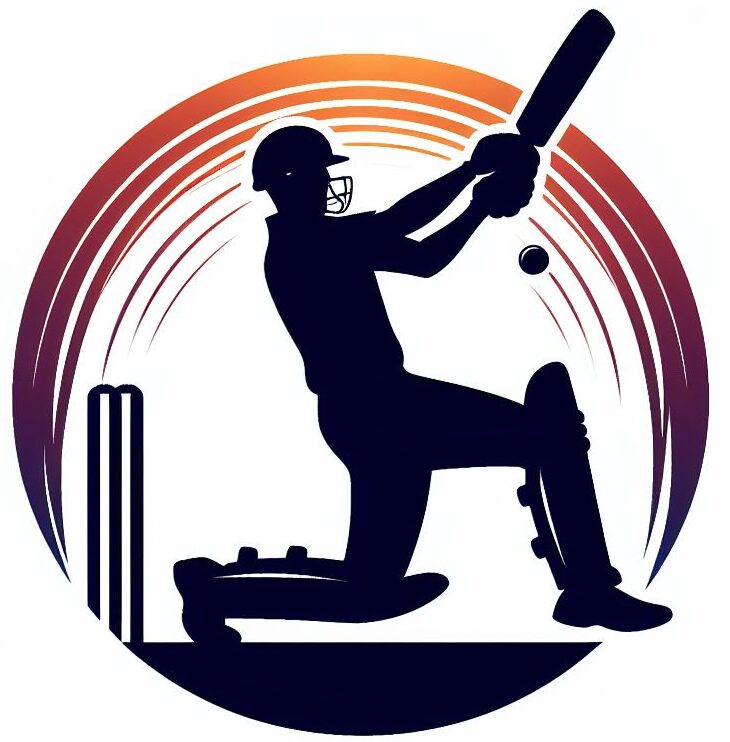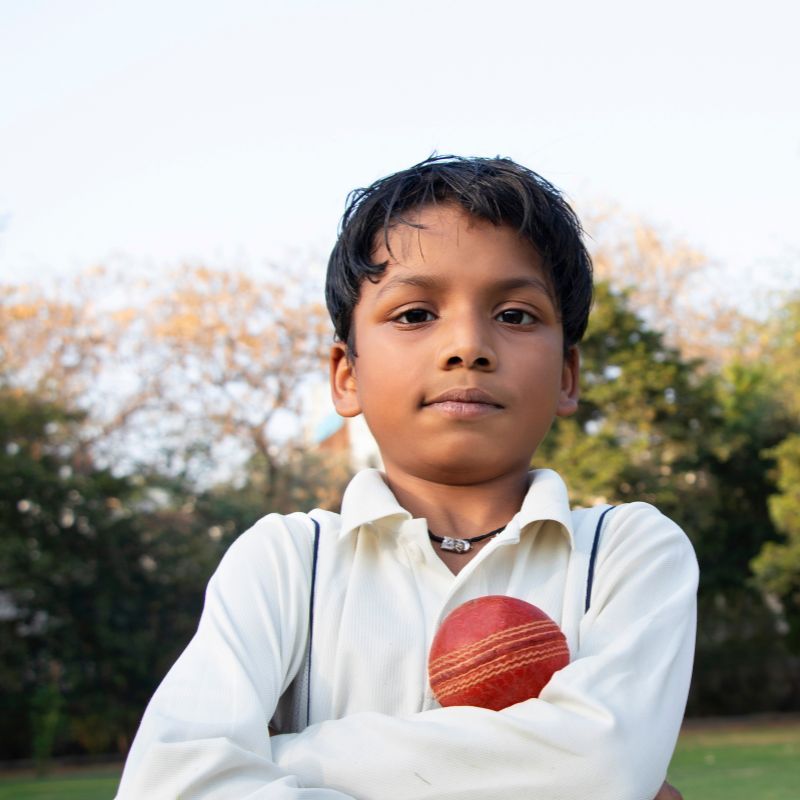Fielding is an often-underestimated aspect of cricket, but it plays a crucial role in determining the outcome of a match. Catches win matches, and so does saving runs.
For juniors, developing solid fielding skills early on can make a significant difference in their overall game. Today, we’ll provide a few simple, easy and enjoyable fielding drills specifically designed for young players.
Whether you’re a coach, parent, or young cricketer, these drills will help juniors build a strong foundation in fielding, ensuring they are well-prepared to excel on the field.
Basic Fielding Techniques for Kids
Before diving into complex drills, it’s essential to establish the basics. Proper technique is the cornerstone of effective fielding. Here are a few simple drills to instil correct fielding mechanics in juniors.
1. The Stance Drill
Fielding starts with the correct stance. Have the kids stand with their feet shoulder-width apart, knees slightly bent, and hands positioned in front, ready to catch or stop the ball. This drill can be practiced without a ball initially, focusing on getting the stance right. Once they’re comfortable, introduce a rolling ball to simulate ground fielding.
2. Hand Positioning Drill
Hand positioning is crucial when stopping or catching the ball. Teach kids to keep their hands soft and ready to cradle the ball. For this drill, use soft balls and gently toss them at different heights and angles. Encourage the young players to focus on their hand positioning and follow through with their hands after catching the ball.
Catching Practice: Drills to Improve Hand-Eye Coordination
Catching is a critical skill in cricket, and for kids, improving hand-eye coordination is key. Here are some beginner-friendly catching drills to help kids get better at this essential skill.
1. Tennis Ball Catching Drill
Using tennis balls instead of cricket balls can make catching practice less intimidating for kids. Stand a short distance away and gently toss the ball towards the player. Start with easy catches and gradually increase the difficulty by varying the height, speed, and direction of the throws.
2. High Catch Drill
High catches can be challenging for kids due to their height and the coordination required. In this drill, throw the ball high in the air and instruct the young players to position themselves under it, tracking the ball with their eyes and hands. This drill not only improves hand-eye coordination but also helps build confidence in catching high balls.
Make it fun. Reward them with some coins if they catch the ball. That way, they no longer see a high ball as something that is scary.
Throwing Accuracy: Developing Precision in Young Fielders
An accurate throw can be the difference between a run-out and a missed opportunity. Here are some drills to help kids develop precision in their throwing.
1. Target Practice Drill
Set up a series of targets (cones, stumps, or a net) at various distances. The aim is for kids to throw the ball at the targets, focusing on accuracy rather than speed. This drill helps develop muscle memory and throwing accuracy over time.
2. Relay Throw Drill
In this drill, split the kids into two teams. Position them in a relay formation and have them pass the ball down the line using accurate throws. This drill not only emphasizes throwing accuracy but also introduces an element of teamwork and communication.
Ground Fielding: Techniques to Master the Basics
Ground fielding is an essential part of cricket, especially in stopping boundaries and quick singles. Here are drills that focus on improving ground fielding skills for kids.
1. Rolling Ball Pickup Drill
In this drill, the coach or a partner rolls the ball along the ground towards the fielder, who has to approach the ball, pick it up cleanly, and return it quickly. The focus should be on getting the body behind the ball and using both hands to pick it up.
2. Two-Hand Pickup and Throw Drill
For this drill, roll the ball towards the players, who must pick it up with two hands, stand up quickly, and make a throw at a designated target. This drill combines ground fielding with throwing accuracy and is excellent for developing quick reflexes and proper technique.
Agility and Reflexes: Enhancing Fielding Speed
Fielding is not just about technique; it also requires speed and agility. Here are some drills to help kids enhance their quickness and reflexes on the field.
1. Ladder Drill
Using an agility ladder, have kids practice quick steps through the ladder, focusing on speed and precision. This drill is great for improving footwork and overall agility, which are crucial for effective fielding.
2. Reaction Ball Drill
A reaction ball is an unevenly shaped ball that bounces unpredictably, forcing the player to react quickly. Have kids stand in a ready position while you bounce the reaction ball towards them. This drill helps improve reflexes and the ability to react to unexpected situations on the field.
Teamwork in the Field: Partner Drills for Kids
Fielding is often a team effort, requiring coordination and communication between players. Here are some partner drills that focus on building teamwork in fielding.
1. Partner Catching Drill
Pair up the kids and have them stand a short distance apart. One partner throws the ball while the other catches it. Encourage them to communicate during the drill, calling out each catch and throw. This drill not only improves catching skills but also fosters teamwork.
2. Back-and-Forth Throw Drill
In this drill, two players stand facing each other, about 10-15 meters apart. They take turns throwing the ball to each other, focusing on accuracy and catching. To increase difficulty, have them gradually move further apart. This drill is excellent for improving both throwing accuracy and catching under pressure.
Boundary Fielding: Tips and Drills for Saving Runs
Fielding near the boundary requires different skills compared to infield positions. Here are some drills to help kids master boundary fielding and save crucial runs.
1. Boundary Slide and Stop Drill
In this drill, the coach hits or throws the ball towards the boundary, and the child has to sprint, slide, and stop the ball before it reaches the boundary. The focus should be on getting low and using the body to block the ball, preventing it from crossing the boundary line.
2. Catch-and-Release Drill
Position the kids near the boundary and hit high balls towards them. The aim is to catch the ball and immediately release it towards the wicketkeeper or bowler with a strong, accurate throw. This drill helps improve both catching and throwing skills, which are vital for effective boundary fielding.
Catching Under Pressure: High-Intensity Drills for Kids
Simulating match pressure situations in training is essential for building mental resilience and focus. Here are some high-intensity catching drills that put your cricketers under pressure.
1. Multi-Ball Catching Drill
In this drill, the coach or a partner throws multiple balls in quick succession at the child, who has to catch each one and quickly return it. The rapid pace of the drill simulates the pressure of a match situation, helping kids improve their focus and hand-eye coordination under stress.
2. High-Pressure Catch Drill
For this drill, the kids form a circle around the coach, who randomly throws the ball towards different players. The kids must stay alert and be ready to catch at any moment. This drill emphasizes the importance of concentration and quick reactions, crucial for handling pressure during a match.
Fielding for Different Positions: Specialized Drills
Different fielding positions require different skills. Here are some position-specific fielding drills for juniors.
1. Slip Catching Drill
Slip fielders need sharp reflexes and a soft pair of hands. In this drill, stand close to the player and gently edge the ball towards them as if they were in the slips. The focus should be on quick reflexes and soft hands to cradle the ball cleanly.
2. Point and Cover Drill
For point and cover fielders, quick footwork and a strong arm are essential. In this drill, hit or roll balls towards the point and cover positions, requiring the fielders to field the ball cleanly and return it quickly to the wicketkeeper or bowler. Emphasize the importance of staying low and moving quickly to cut off singles.
3. Deep Fielding Drill
Deep fielders, such as those on the boundary, need to have a strong arm and good judgment. In this drill, hit high balls towards the player standing near the boundary. They must judge the flight of the ball, position themselves correctly, and make an accurate return throw. This drill helps develop both catching and throwing skills in deep fielding positions.
Warm-Up Drills: Preparing Young Fielders for a Session
A good warm-up is essential for preventing injuries and ensuring that kids perform at their best during fielding practice. Here are some effective warm-up drills to get them ready.
1. Dynamic Stretching Routine
Start with a dynamic stretching routine that includes leg swings, arm circles, and lunges. These movements help loosen up the muscles and joints, preparing them for the demands of fielding.
2. Light Jogging and Throwing Drill
Have the kids jog around the field, gradually increasing their speed. As they jog, they can pass a ball back and forth, focusing on light, accurate throws. This drill not only warms up the body but also gets the players into the mindset of throwing and catching.
3. Quick Feet Drill
Set up cones in a line and have the kids practice quick side-to-side movements through the cones. This drill helps activate the leg muscles and improves agility, which is essential for effective fielding.
Conclusion
Fielding is an integral part of cricket, and developing strong fielding skills early on can set the foundation for a successful cricketing career. The drills outlined in this blog post cover various aspects of fielding, from basic techniques to specialized position drills.
By incorporating these drills into regular practice, kids can improve their fielding abilities, gain confidence, and contribute significantly to their team’s performance on the field.

